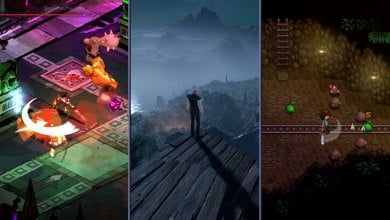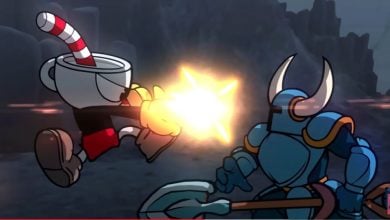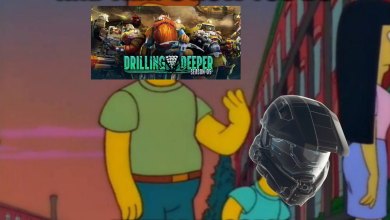Story Highlights
- Sons of Saturn — a “mixed media experiment” — will be released on November 30, 2023.
- The horror title uses assets/images from real-life abandoned asylums, making it even more eerie.
- We interviewed Charles, the primary developer, discussing the inspirations behind his debut title.
Sons of Saturn is a narrative-focused adventure set in the fictional underground city of Minerva. Although the horror game has an unrealistic setting, it takes inspiration from real-life abandoned asylums, giving it a rather eerie feel. It is the debut title of The Saturn Studio, run solely by Charles Lawson, a talented photographer who took tens of thousands of pictures of abandoned places over five years for this project.
Although he has been taking pictures for a while, it was only later that Charles decided to turn it into a game, thinking of it as an experiment to see whether it would be possible to create a convincing fictional world using real-life images as assets. Sons of Saturn is a passion project that has captivated many horror indie lovers. As such, eXputer took the opportunity to sit down with Charles over an email interview in recent times to get in-depth details and the inspiration behind his first title.
Read ahead for the full interview comprising Charles’ insights.

I didn’t solidify plans to make a video game using the photos I was collecting until about two years ago. But basically, the entire time I’ve been taking these photos, it was on the back of my mind. A lot of the stuff I was seeing was just so symbolically charged; so much of it seemed like the stuff you’d see in a movie set that I felt like I ought to make some sort of media project out of it.
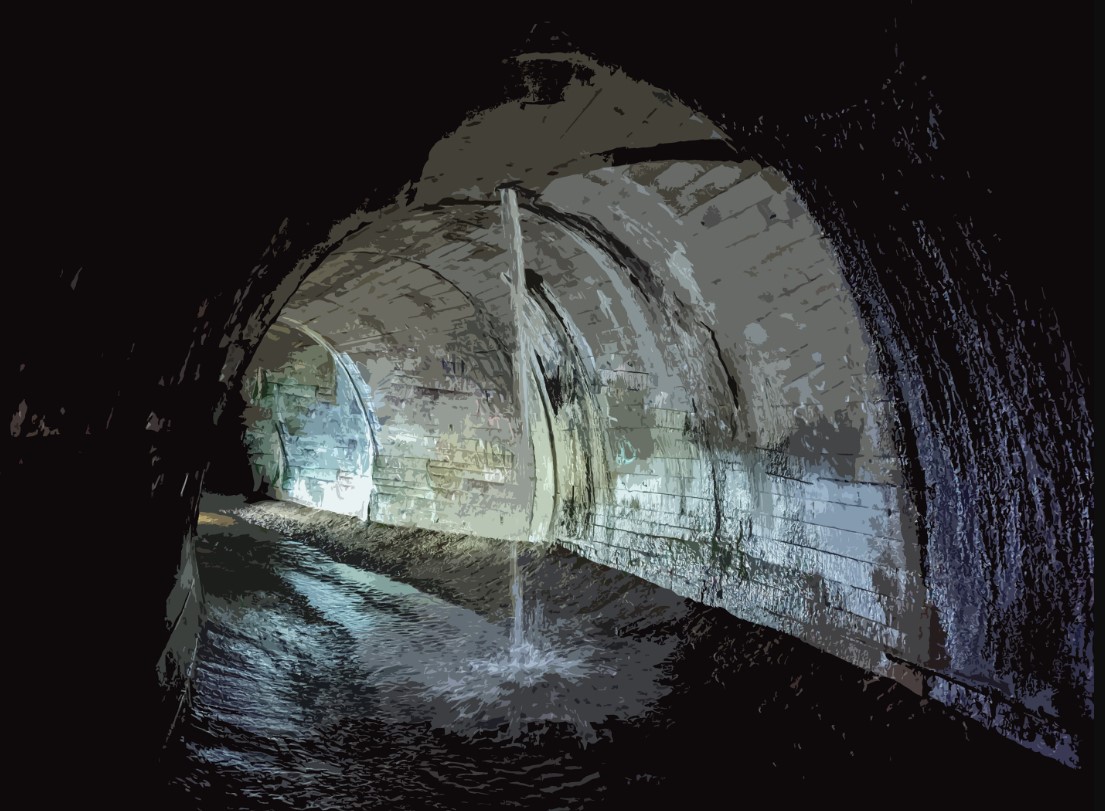
Those first two are probably pretty obvious. Stalker, viewed properly on a big screen, is a hypnotic and haunting experience. The beautiful, decaying chemical works, the incredible cinematography, the haunting soundtrack. It’s actually a decently large part of why I started exploring and photographing abandoned buildings in the first place – I wanted to recapture some of that aura. I even ended up taking a trip through many of the abandonments in the real exclusion zone surrounding Chernobyl, though only a few of my shots from there ended up in the game.
I took a lot from Disco Elysium mechanically. More specifically, there’s an interview with one of the developers that I found very insightful and from which I learned a lot of design principles. He goes over how putting the text on the right side of the screen allows for better shot composition, which is really important for Sons of Saturn since all of my assets are 4×3 aspect images that I can’t change the composition on. He also talked about how making the dialogue flow like a social media feed was a good way to keep people reading, which I think was a valuable tip.
The Team Ico games might be a little less obvious. But I really learned a lot from their ‘subtractive design’ approach. Shadow of the Colossus is one of the most compelling games I’ve ever played. But there are hardly any superfluous mechanics. That’s not to say the player doesn’t do anything in Shadow. You run, jump, climb, and do all of this crazy stuff that draws you in and makes you feel engaged, but all of the superfluous mechanics other developers might have felt compelled to stick in there have been filed away.
I decided to try a similar approach to designing an adventure game. There are a lot of adventure games I love, but I’ve always found dumb puzzles to be a chore. The thing is, though, they often just don’t feel engaging without them. Something about the puzzles is critical to making adventure games work. Think of Kentucky Route Zero – it’s a great game overall, but your place in the story is so passive I had a hard time becoming hyper-engaged with it. Most visual novels have the same issue.
So the question then is, what are the very core aspects? The fundamentals, that make adventure games work that keep you engaged? And what can you afford to get rid of? How do you strike that balance? The path I ended up choosing was to get rid of the puzzles but make sure the player character plays an active role in driving the narrative and taking actions throughout the game world. Grim Fandango wasn’t compelling because of the batsh*t puzzles you had to go through (though they certainly weren’t bad); it was compelling because Manny, and by extension, the player, drove the plot and action. Design-wise, Sons of Saturn is an experiment to see if you can provide an engaging experience to the adventure game player without torturing them with obtuse mechanics.
There are infinitely more games I learned from and owe a great deal to – Cosmology of Kyoto, Silent Hill 2, Norco, Unavowed, Night in the Woods, Pathologic – way more than I have time to go into here, unfortunately.
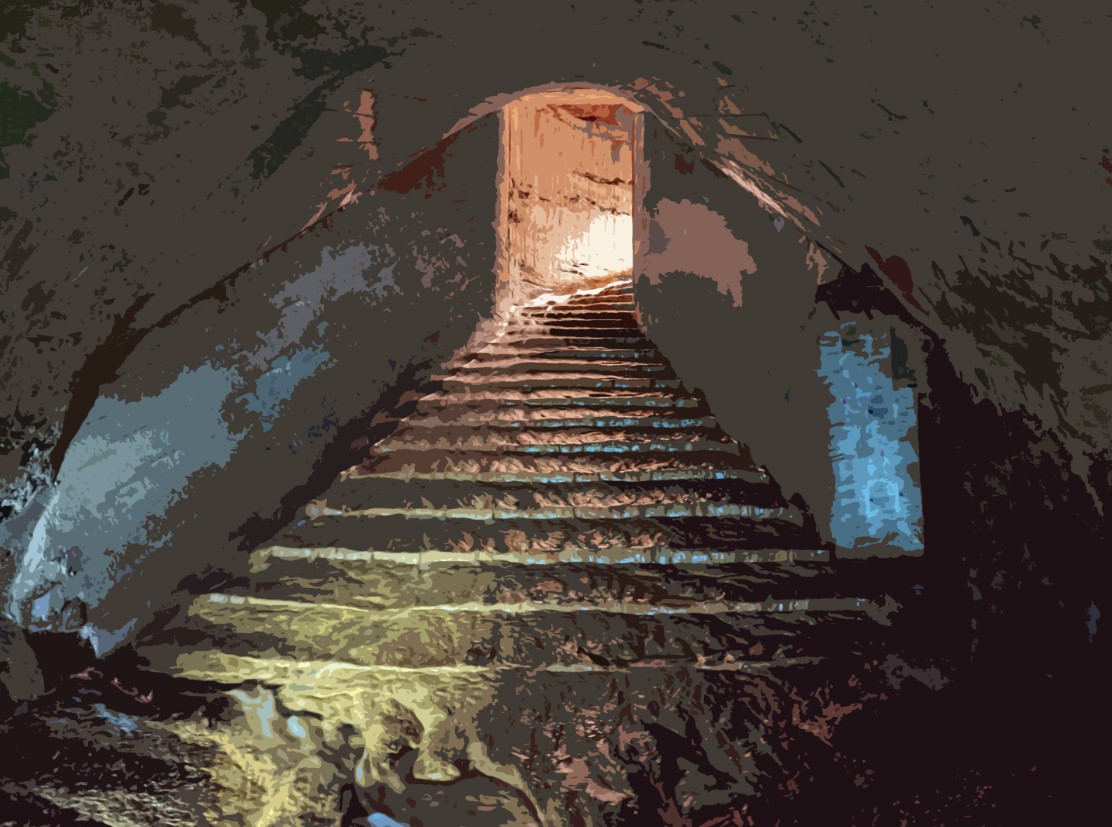
Alex is actually working on a related mixed media project, the Grand Subterranean Line, that uses collages of illustrations from old adventure serials to build fantastic images of underground worlds. That’s why I decided to set the game in this giant underground city – it’s part of the broader world the Bureau has been building as part of their own mixed media experiment.
I believe the commitment to detail is really important for this sort of game. Every misplaced bit is an opportunity for the audience to lose focus or to switch over to something else. There’s some hard-to-define aura, which I guess I’d call the ‘hypnotic quality’ or something, that games like this need to have to maintain the player’s attention. It’s that immersive feeling that lulls you in and makes you forget to check your phone. That quality is tough to maintain without having an extreme level of control over the experience. It can only exist when there’s a unity between the visuals, the sound effects, the dialogue, and really the entire presentation.
So, I guess to answer your question, I’d love to manage a bigger project someday, but I honestly don’t think I’d want to work with a very large team. Something like this can only really work if the people behind it are tight-knit and can come together behind a singular vision.
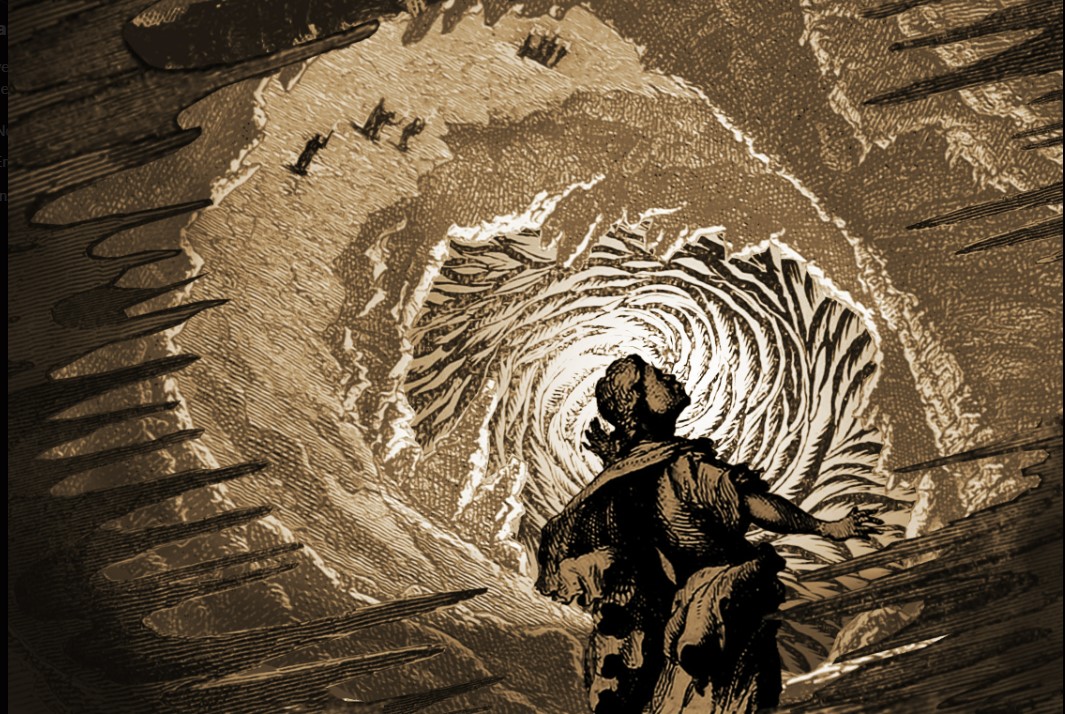
But it’s also just not as mature of a tool as some other game engines, even though I really do think it’s fundamentally ‘better’ in a lot of ways. In my experience, a lot of the plugins required manual modification on my part to work and maintain with updates. I ended up just programming almost everything in the game from scratch. That’s fine for me since Sons of Saturn is a mechanically simple game, but I’m not sure how well I would have done with Godot if I had attempted something more technically ambitious.

Sons of Saturn could be considered the epitome of the perfect use of assets in an indie game. Charles has taken images of abandoned places and creatively used other real-life objects in his upcoming title. I find this very intriguing because it sets itself as an example for other indie developers not to underestimate any form of assets and use whatever they have.
The Saturn Studio’s upcoming horror game will be released on PC via Steam on November 30, 2023. According to Charles, we can expect some progress regarding the GOG release in the next couple of weeks. In the meantime, the demo is currently available on Steam for those who want to dive into the horrors and wonders of Sons of Saturn.
Thanks! Do share your feedback with us. ⚡
How can we make this post better? Your help would be appreciated. ✍
